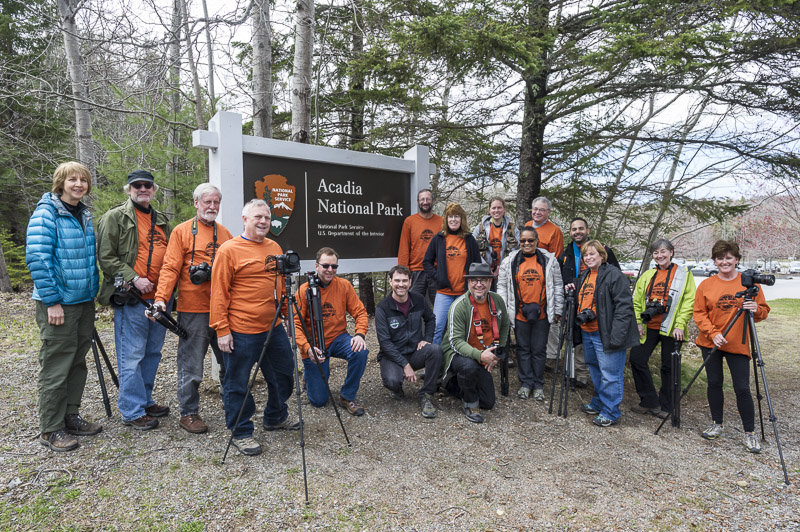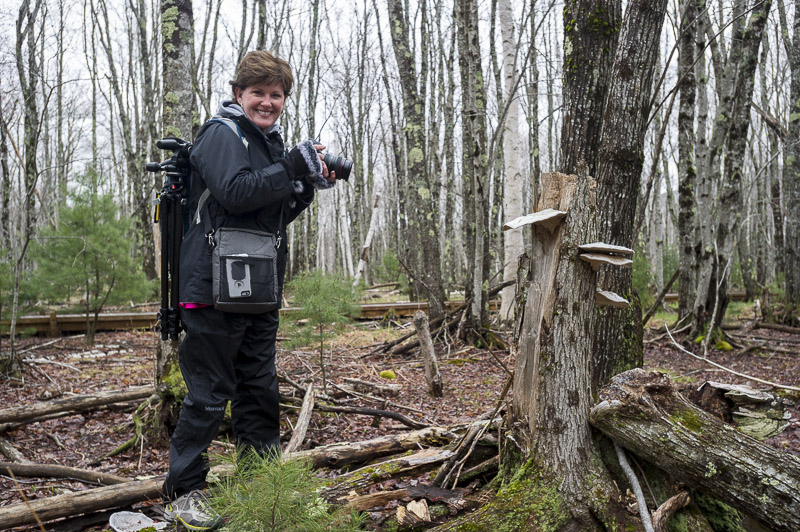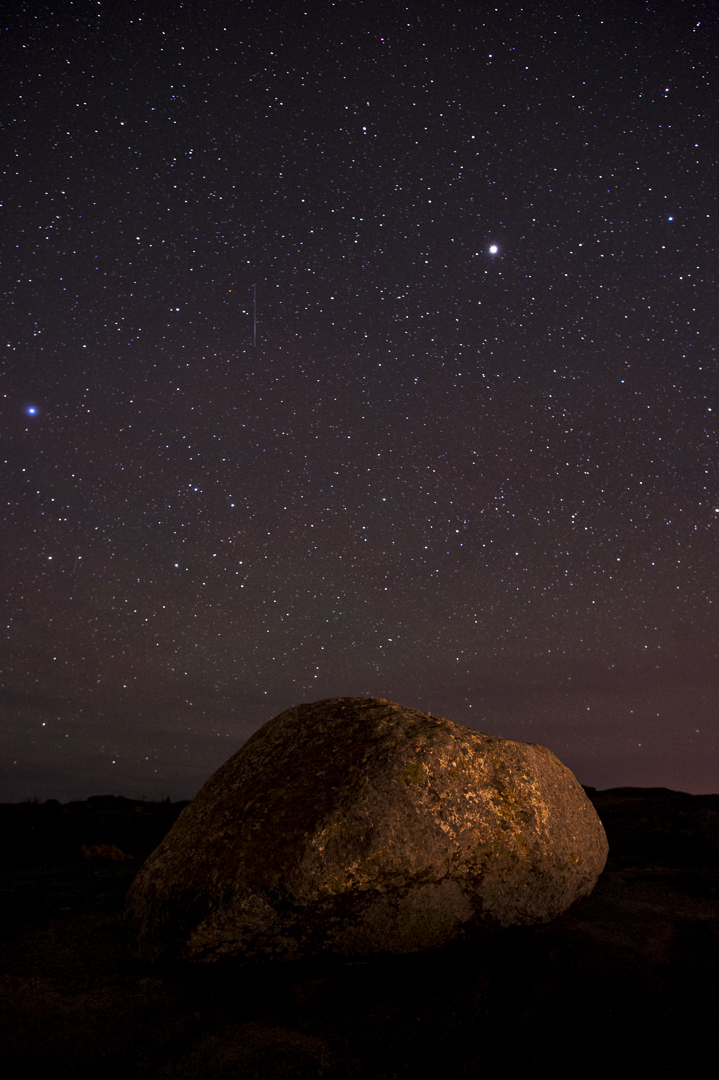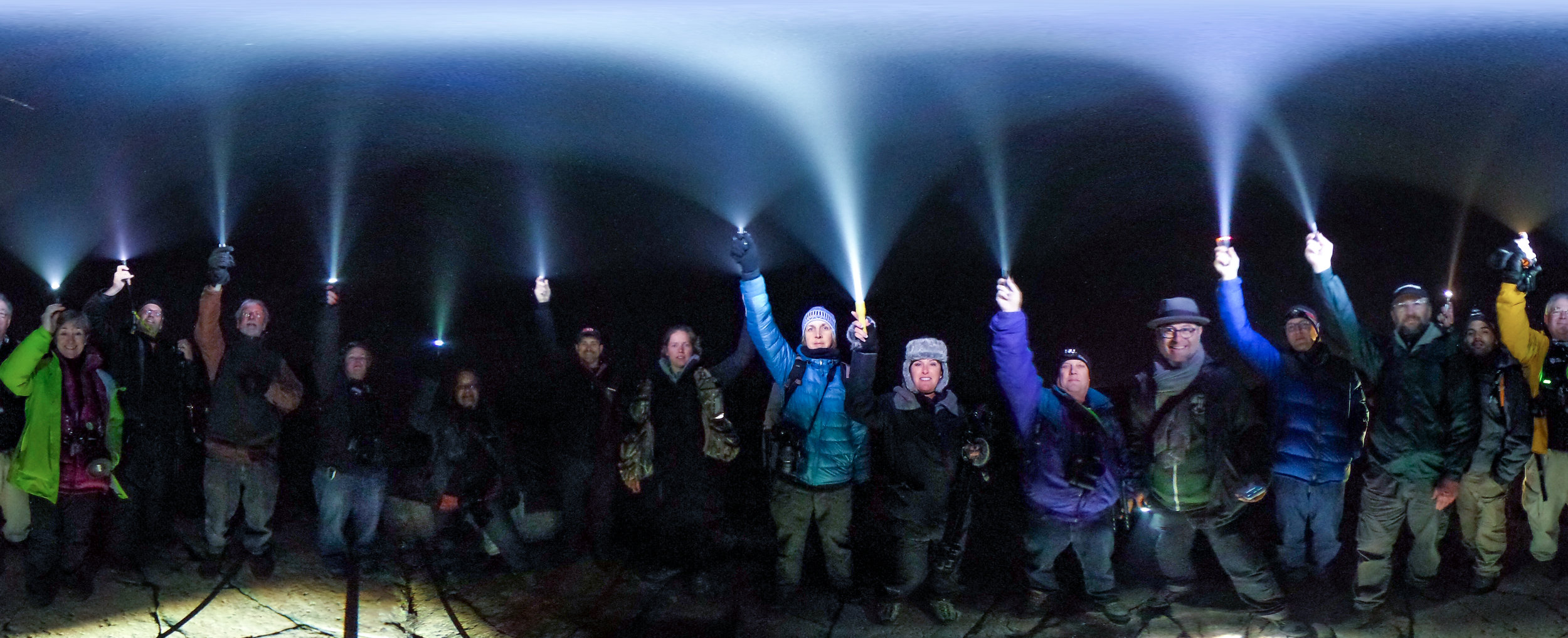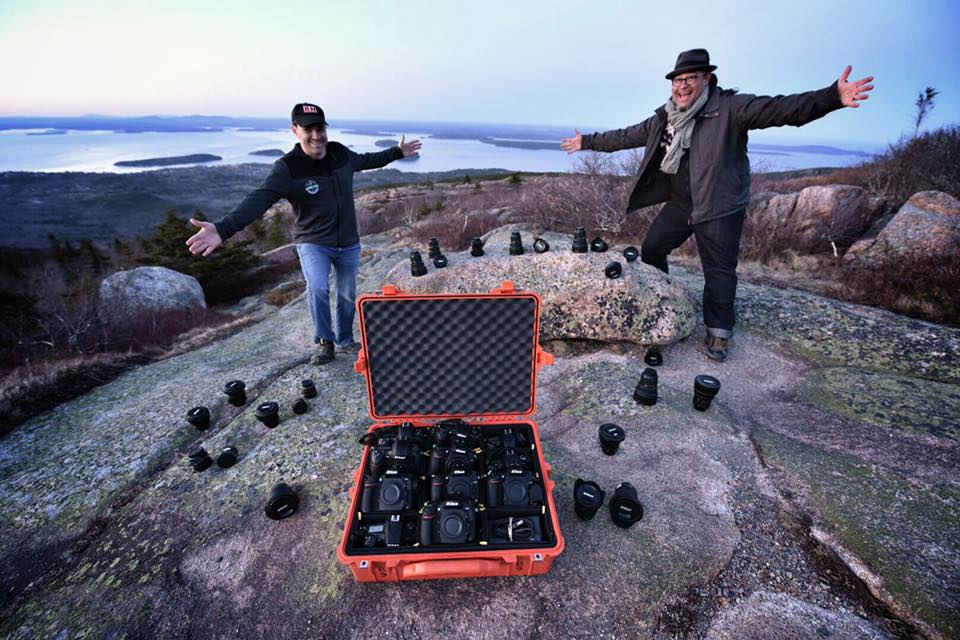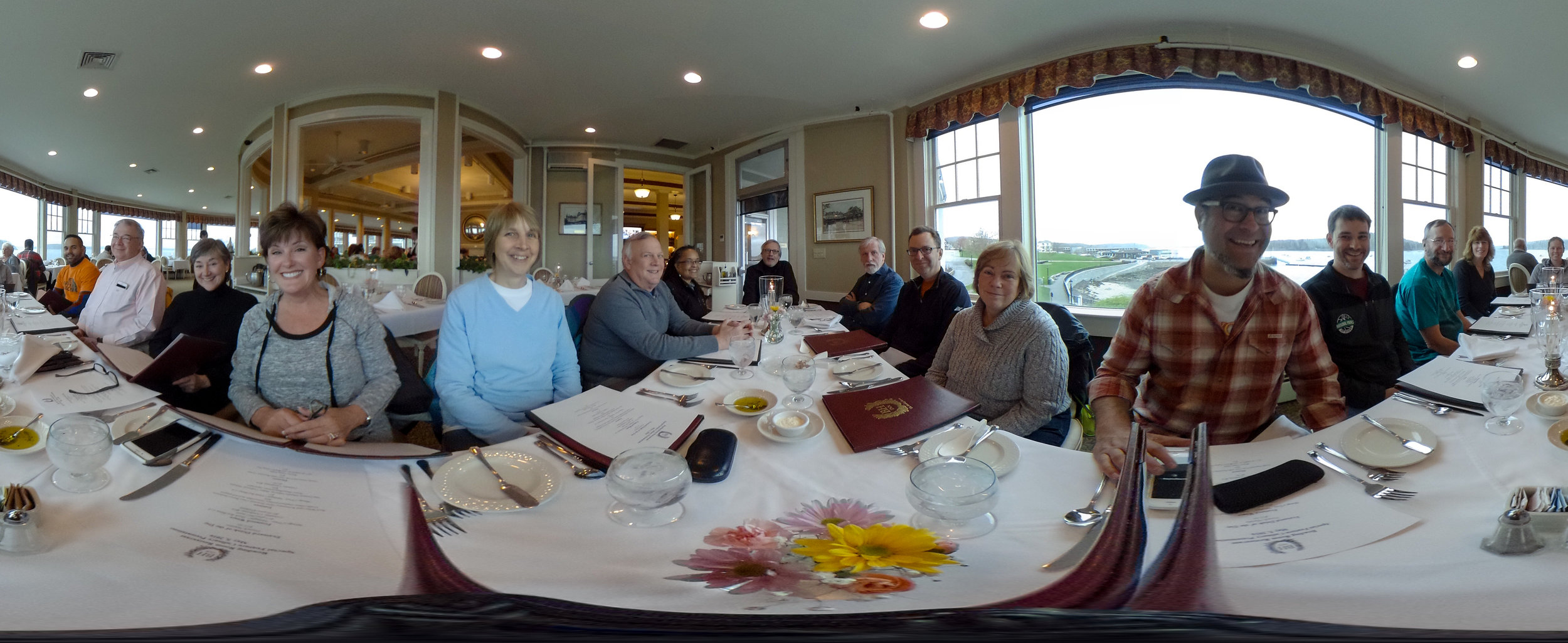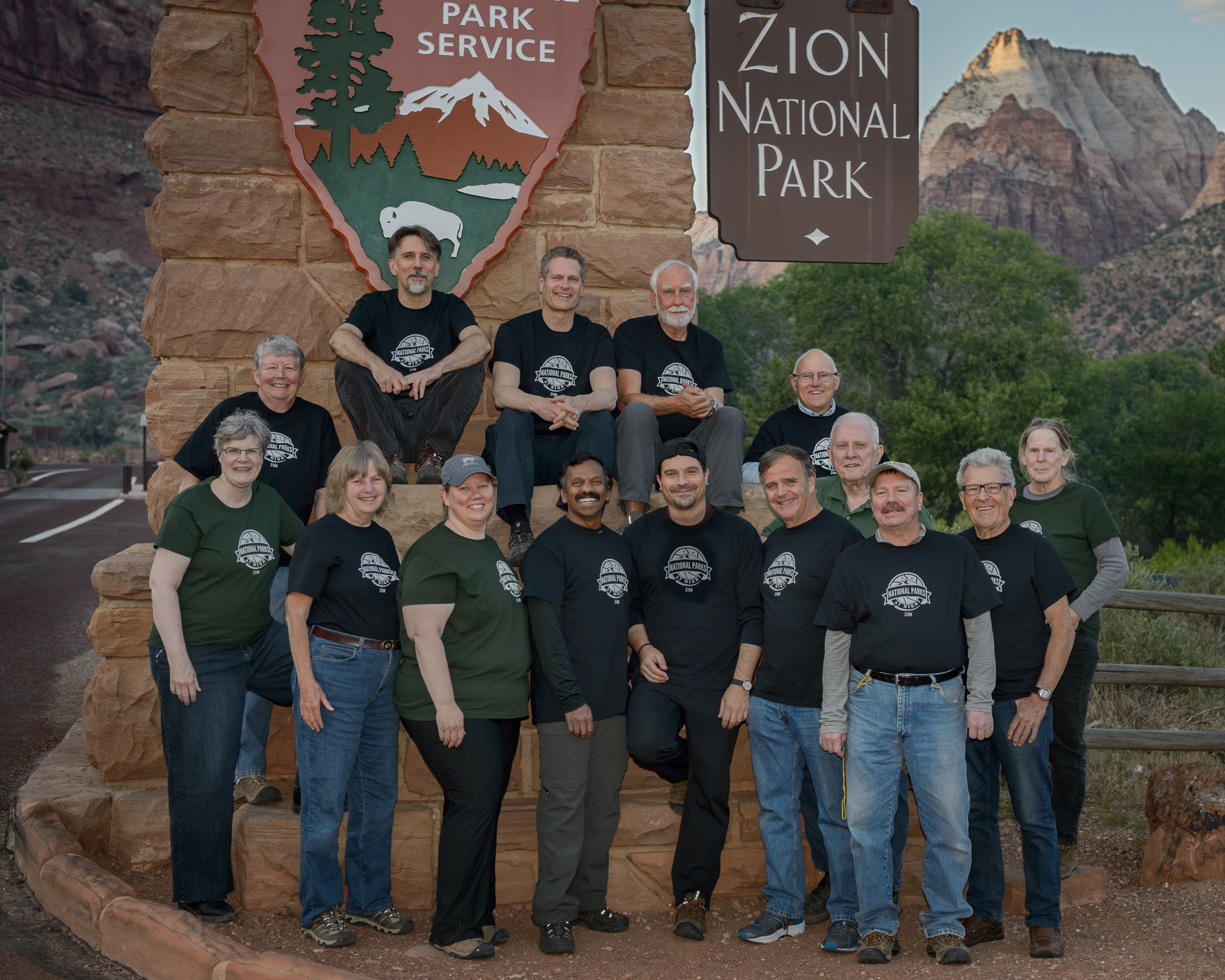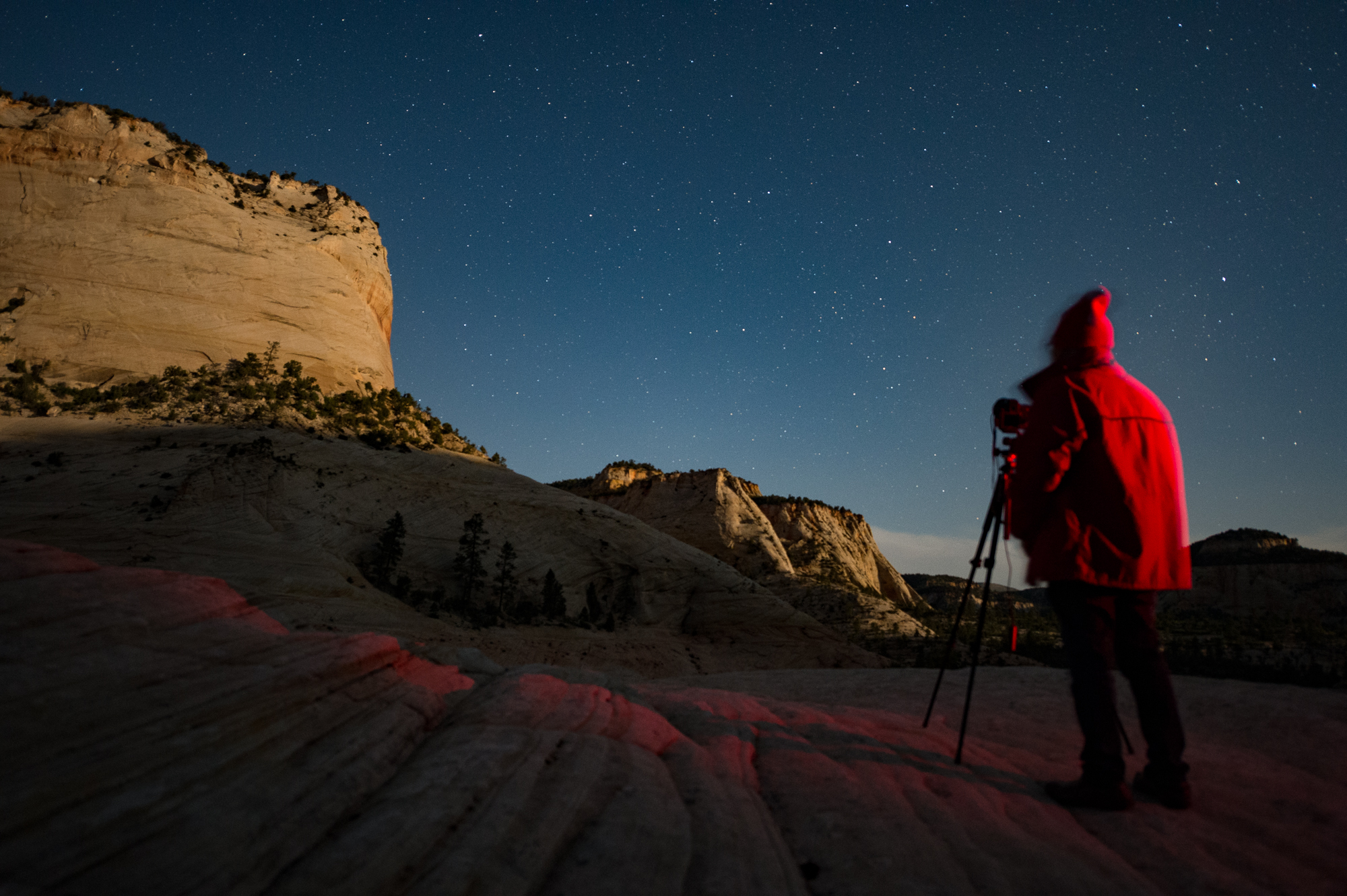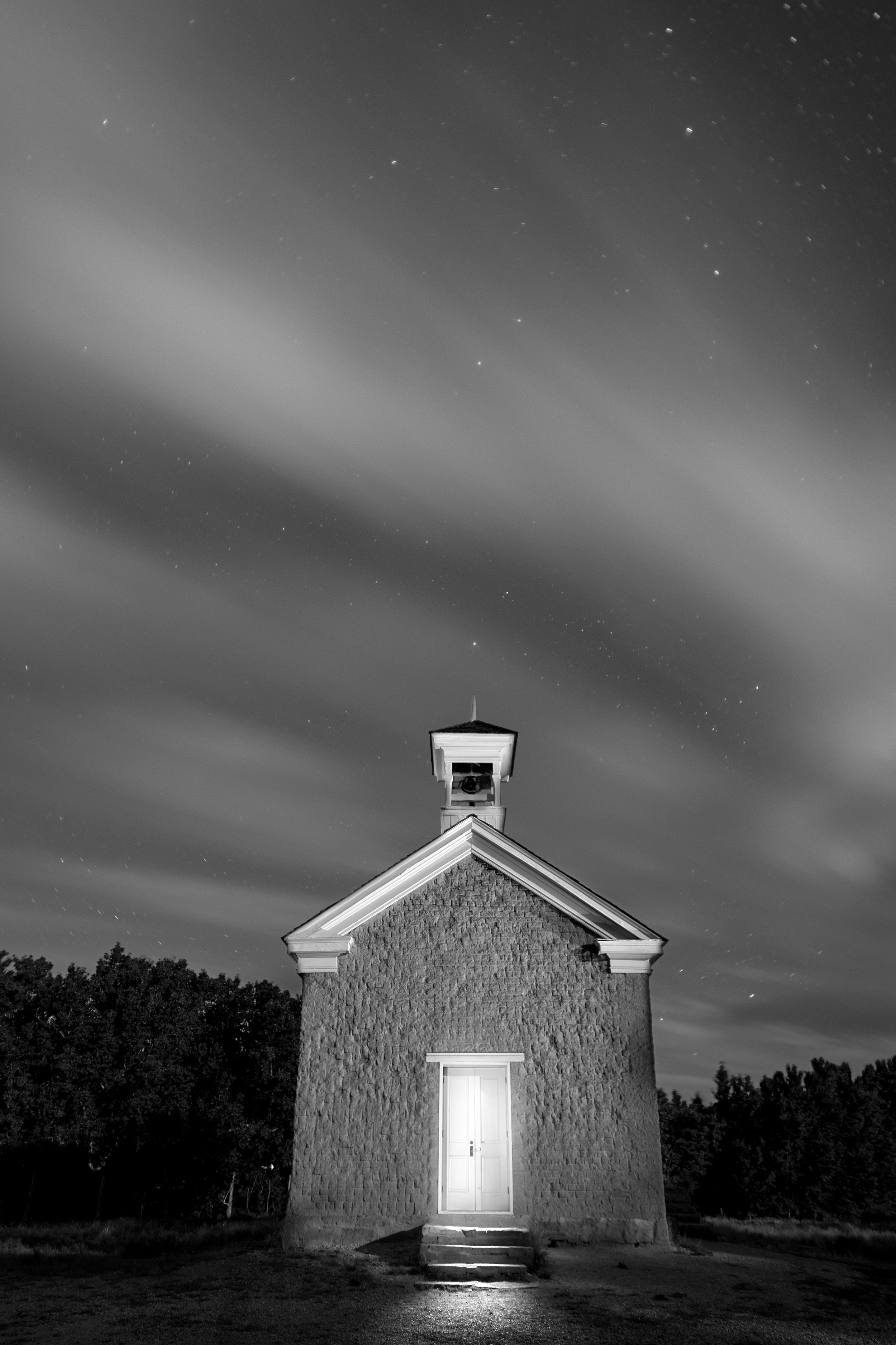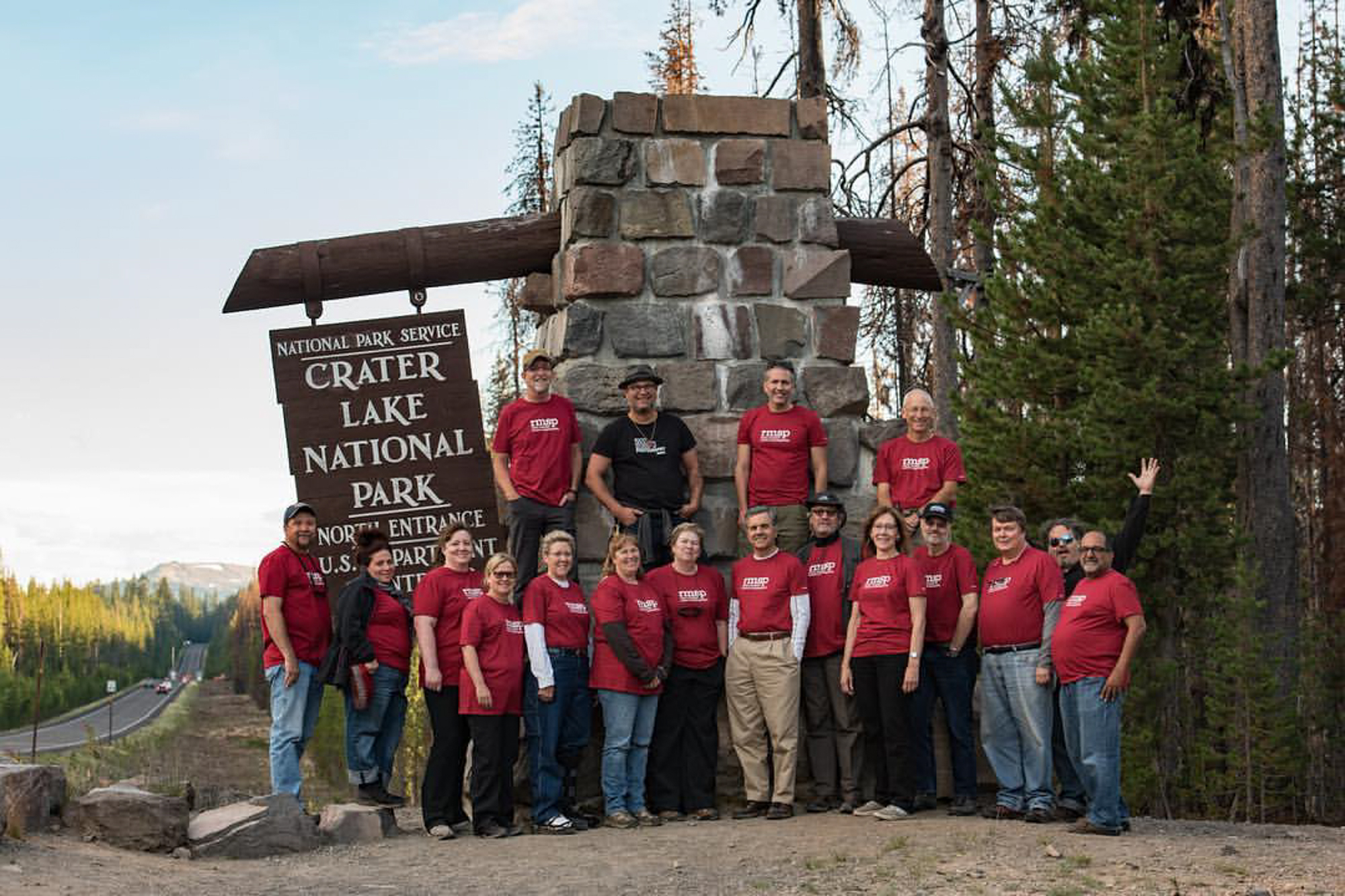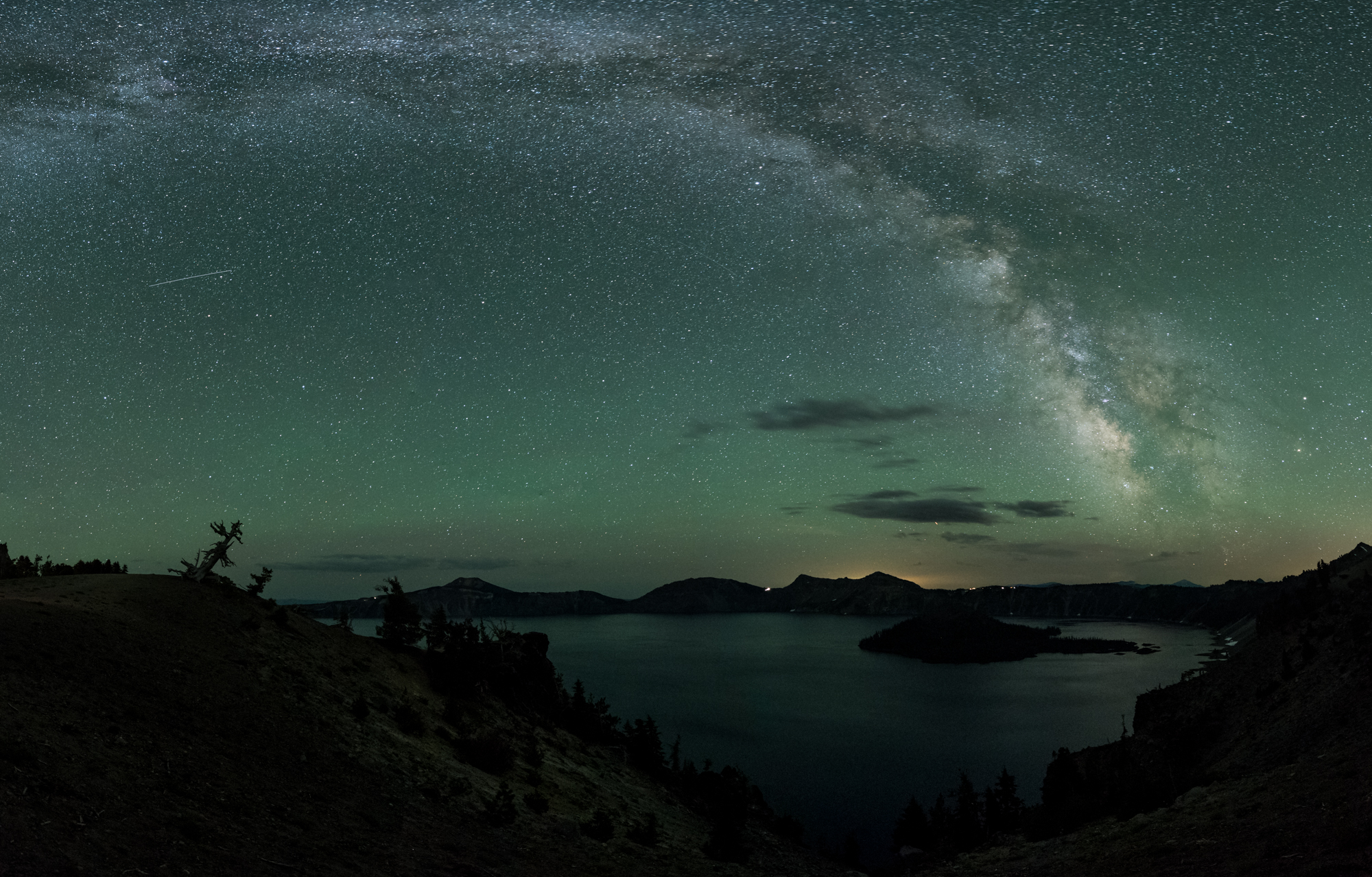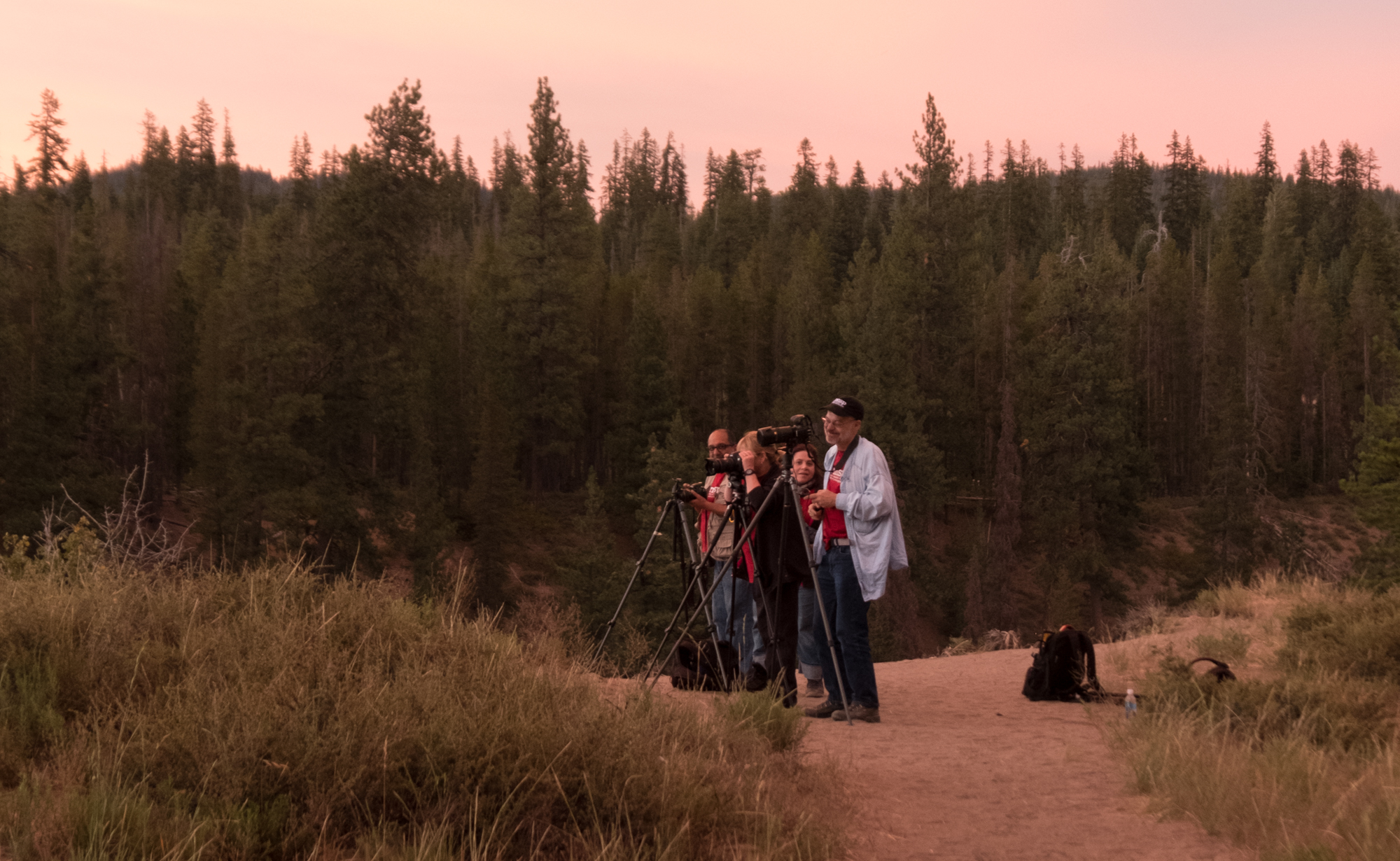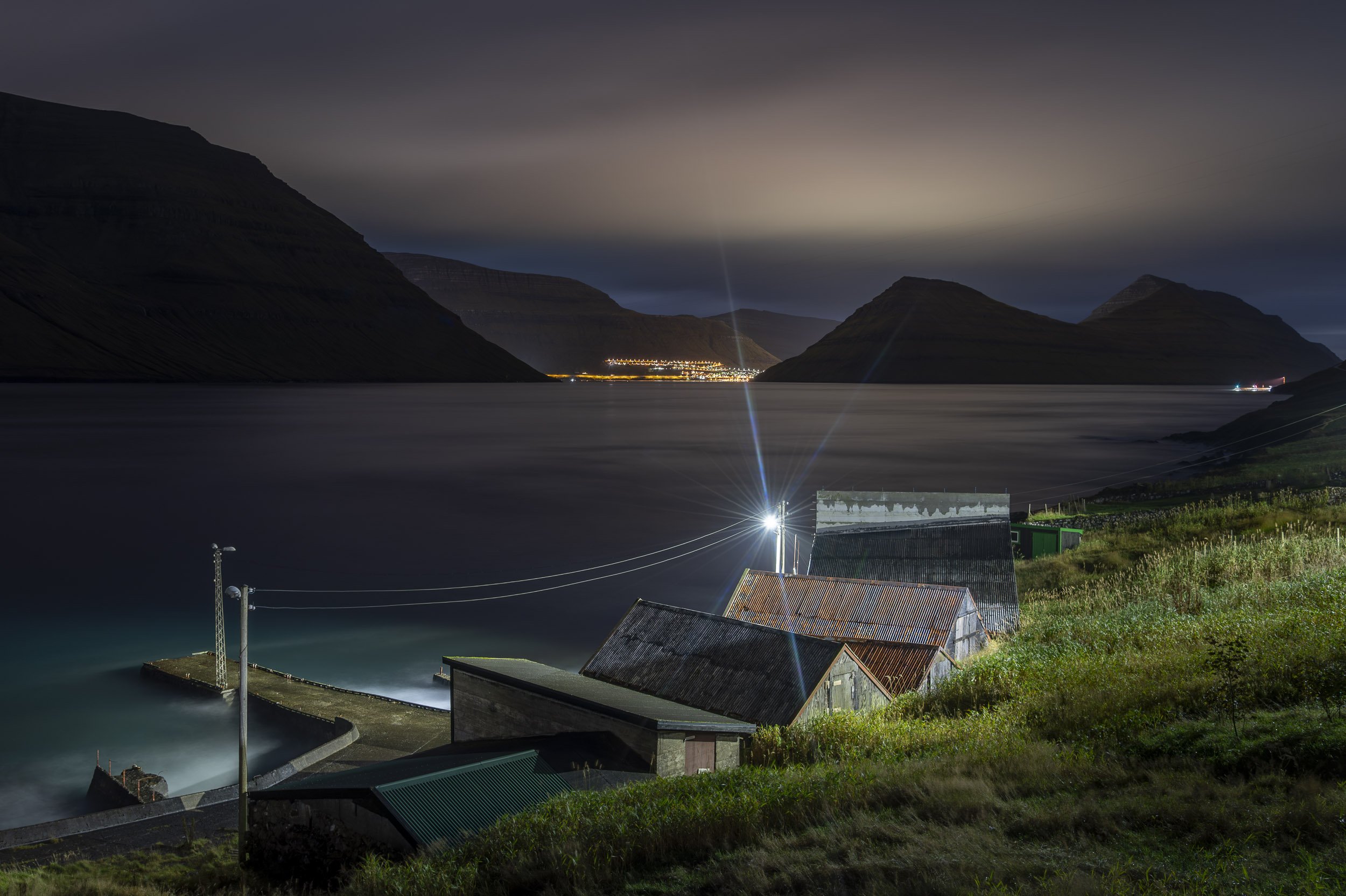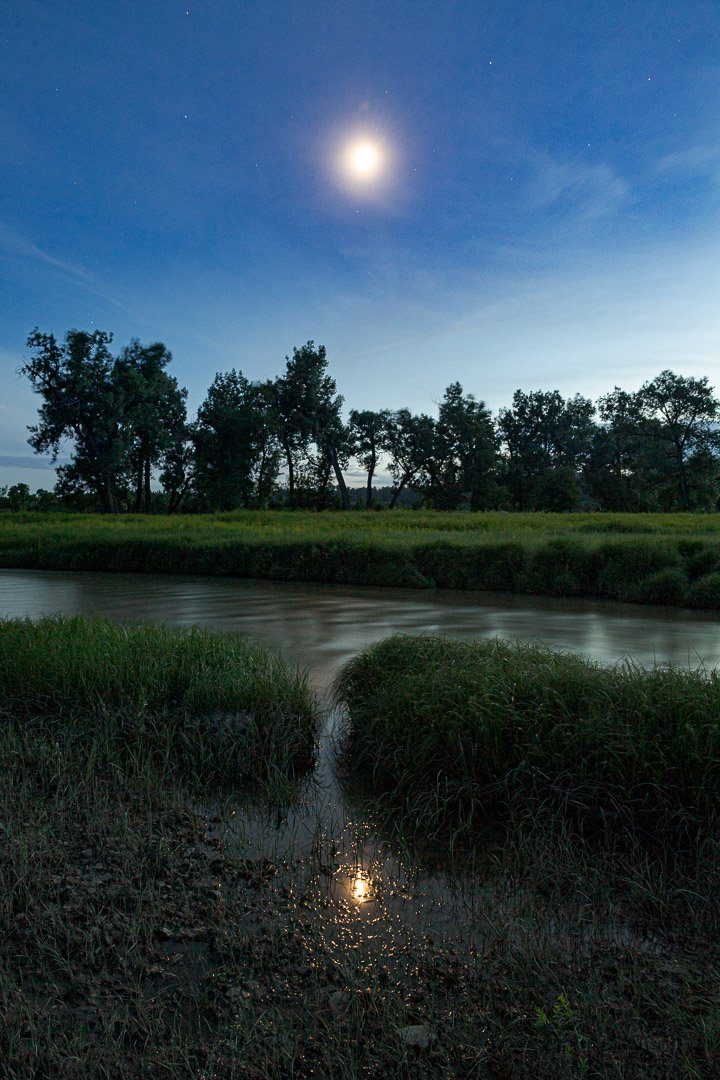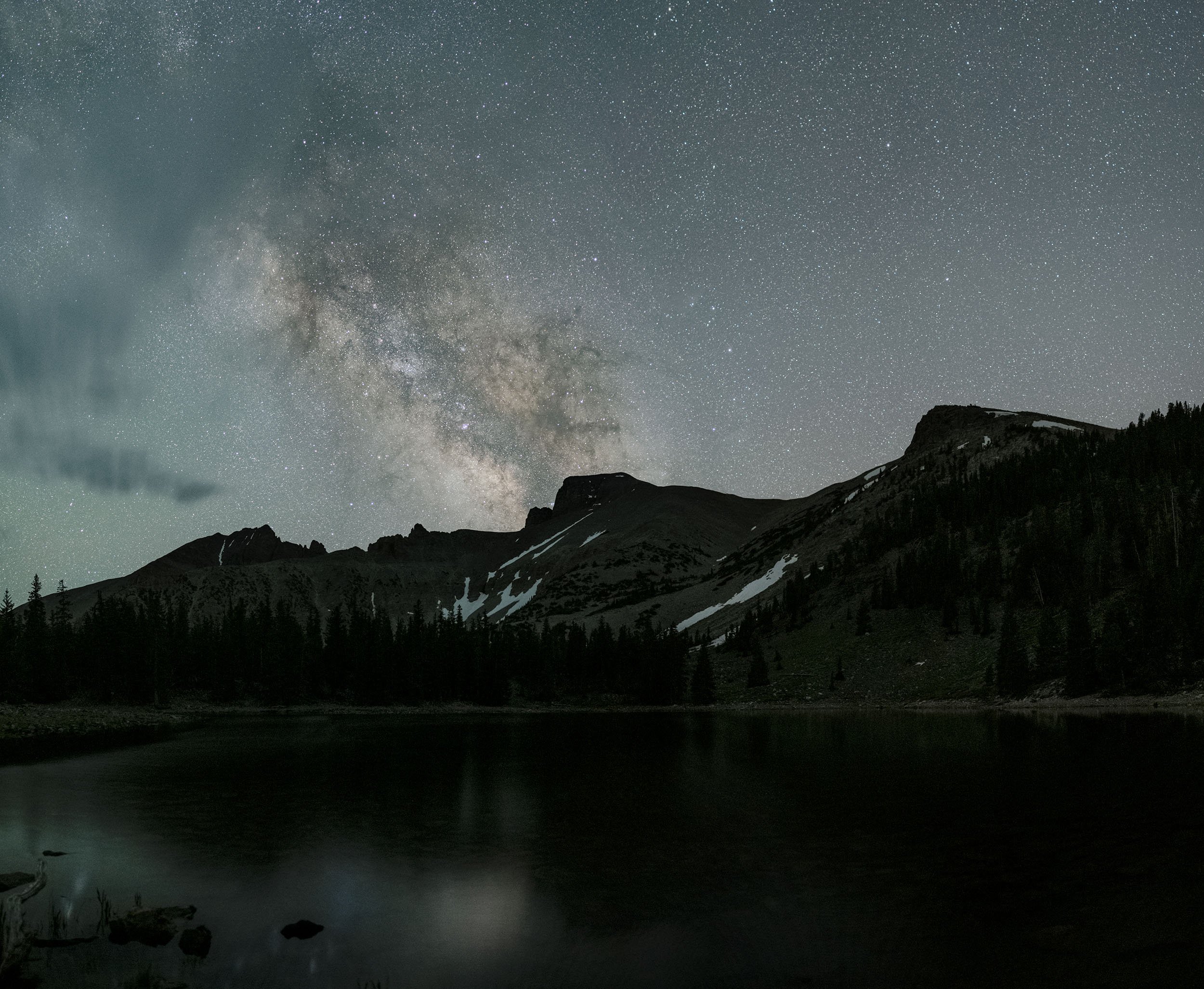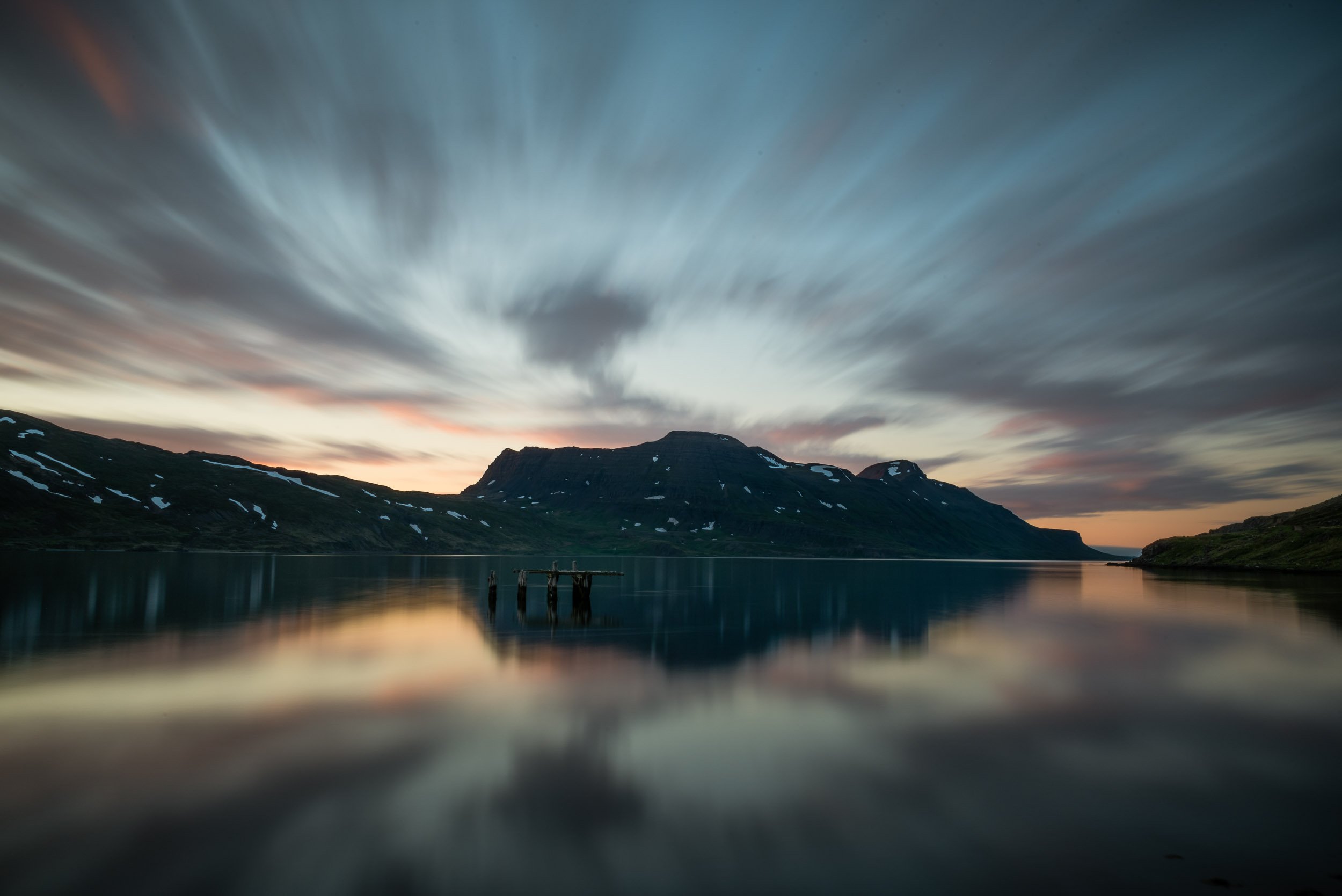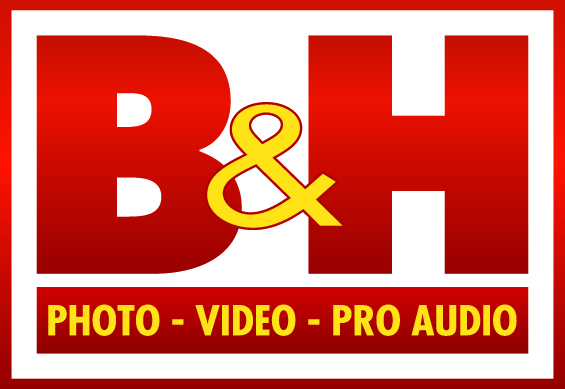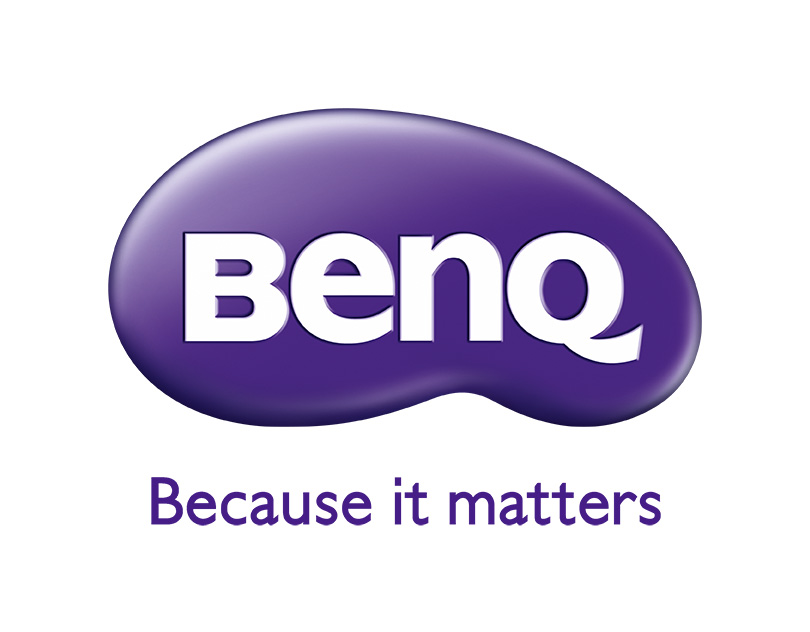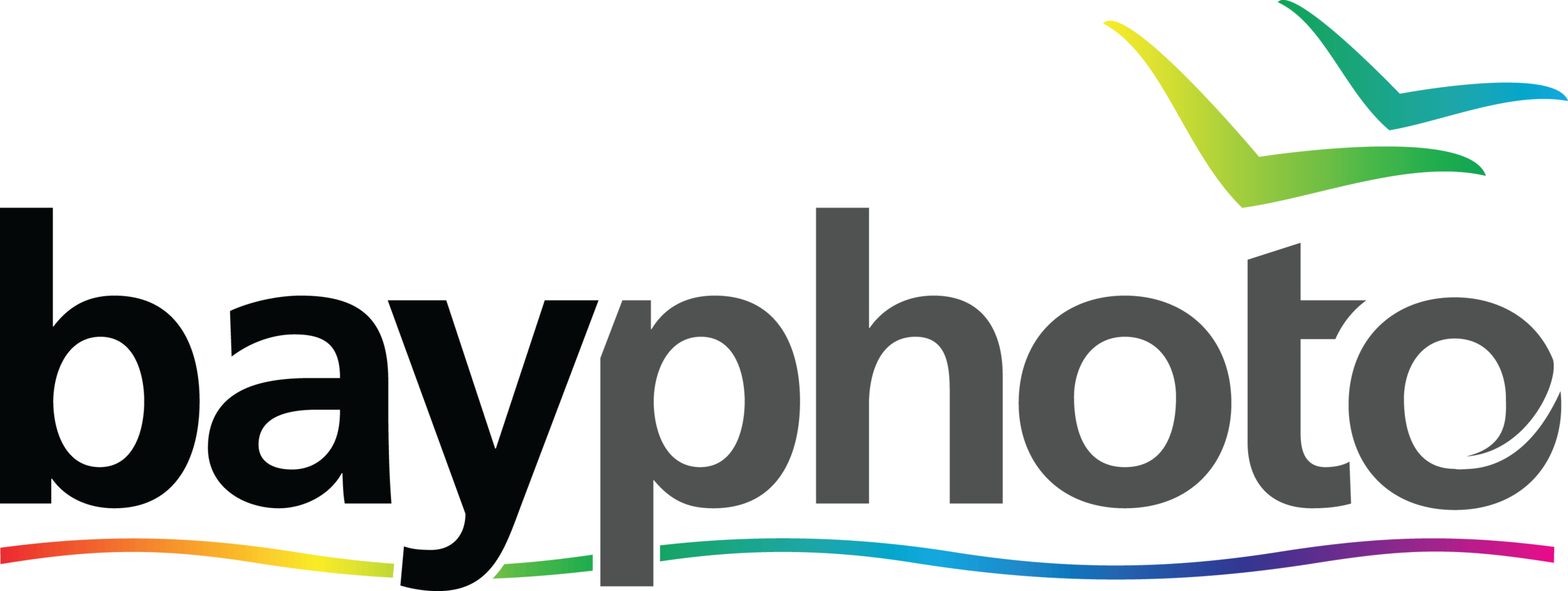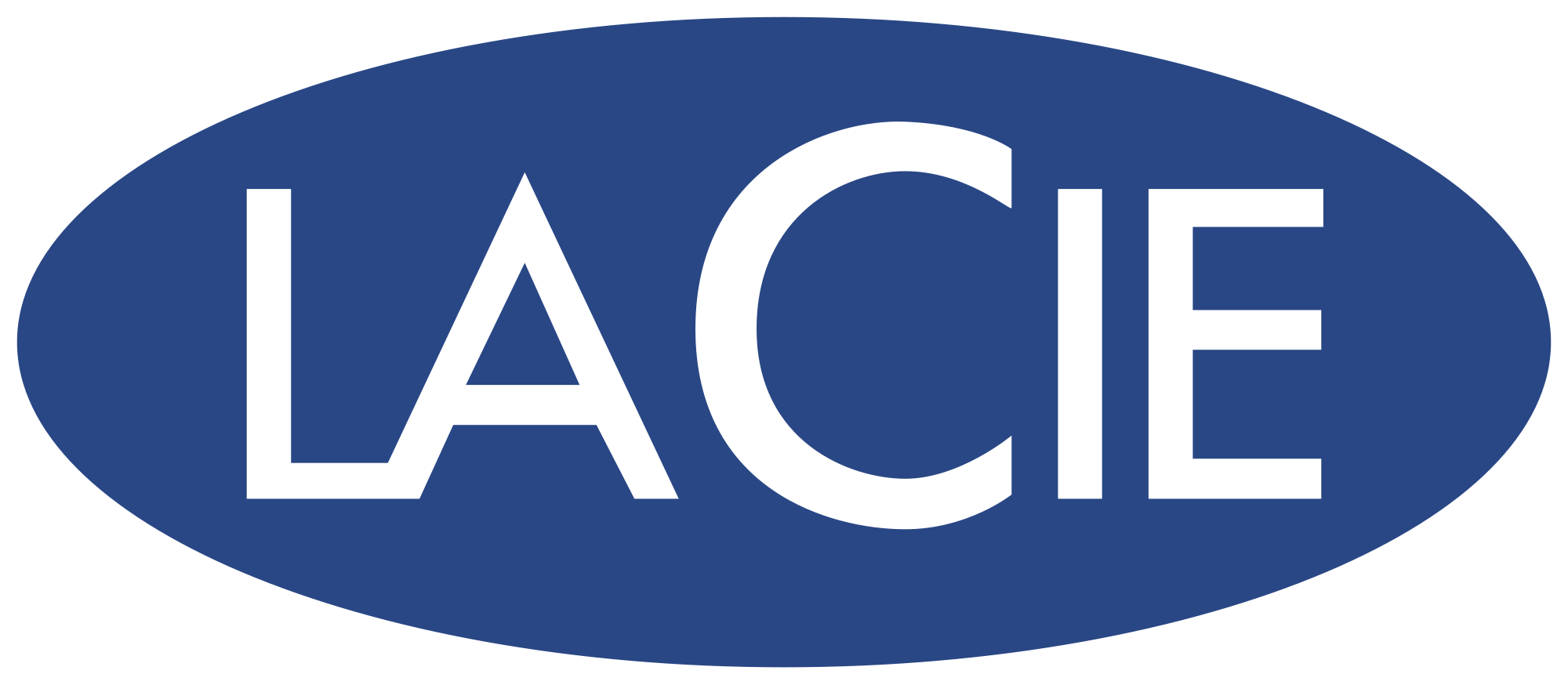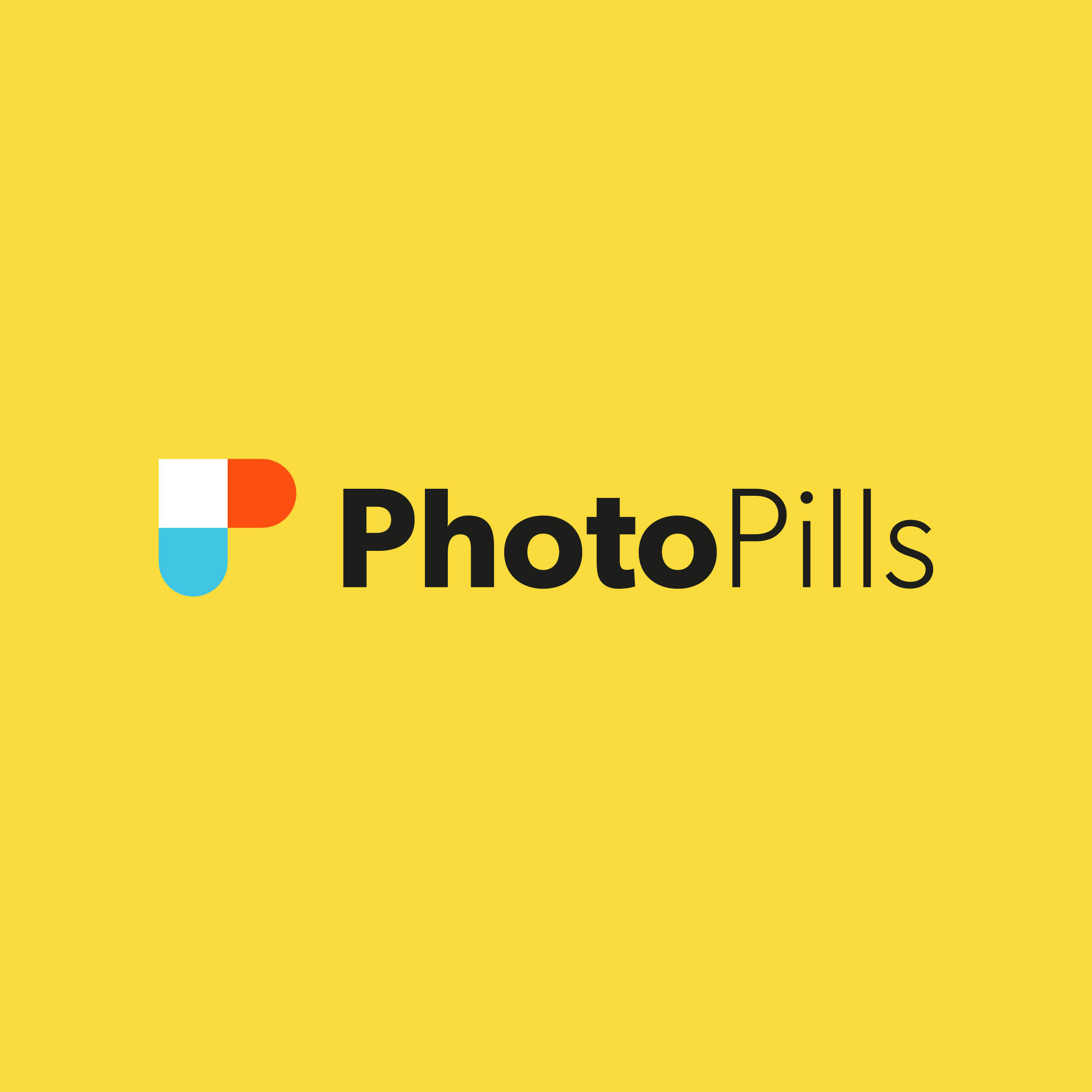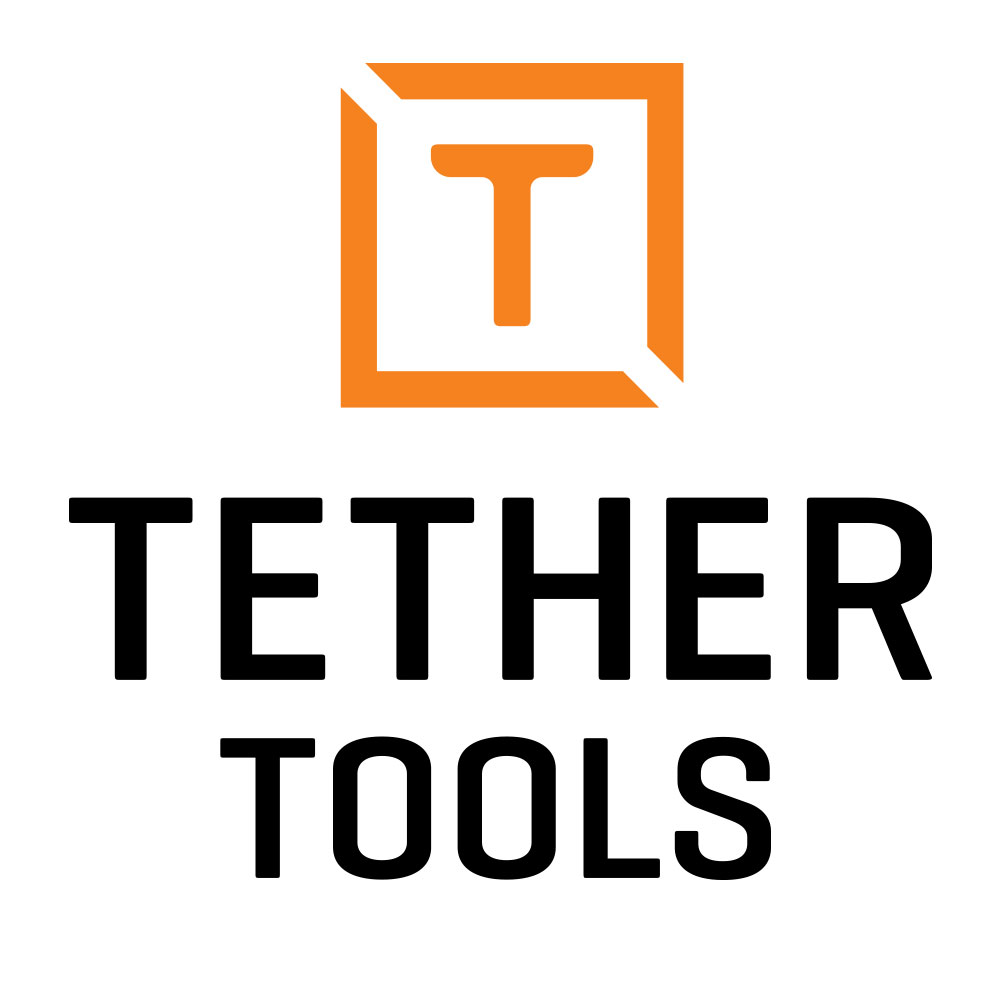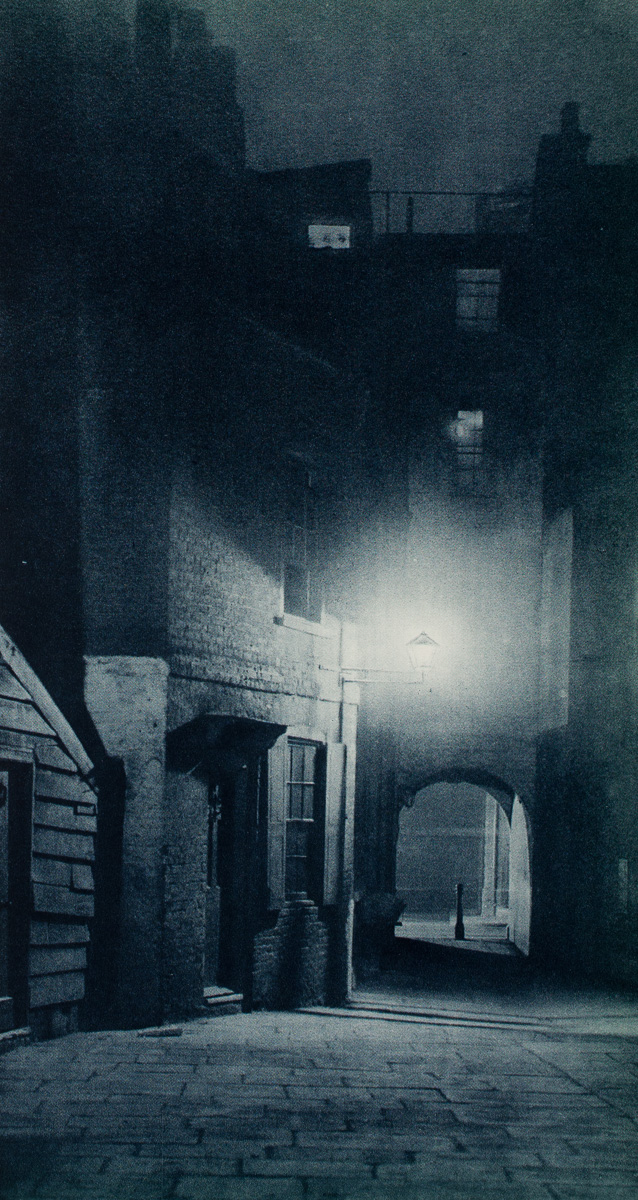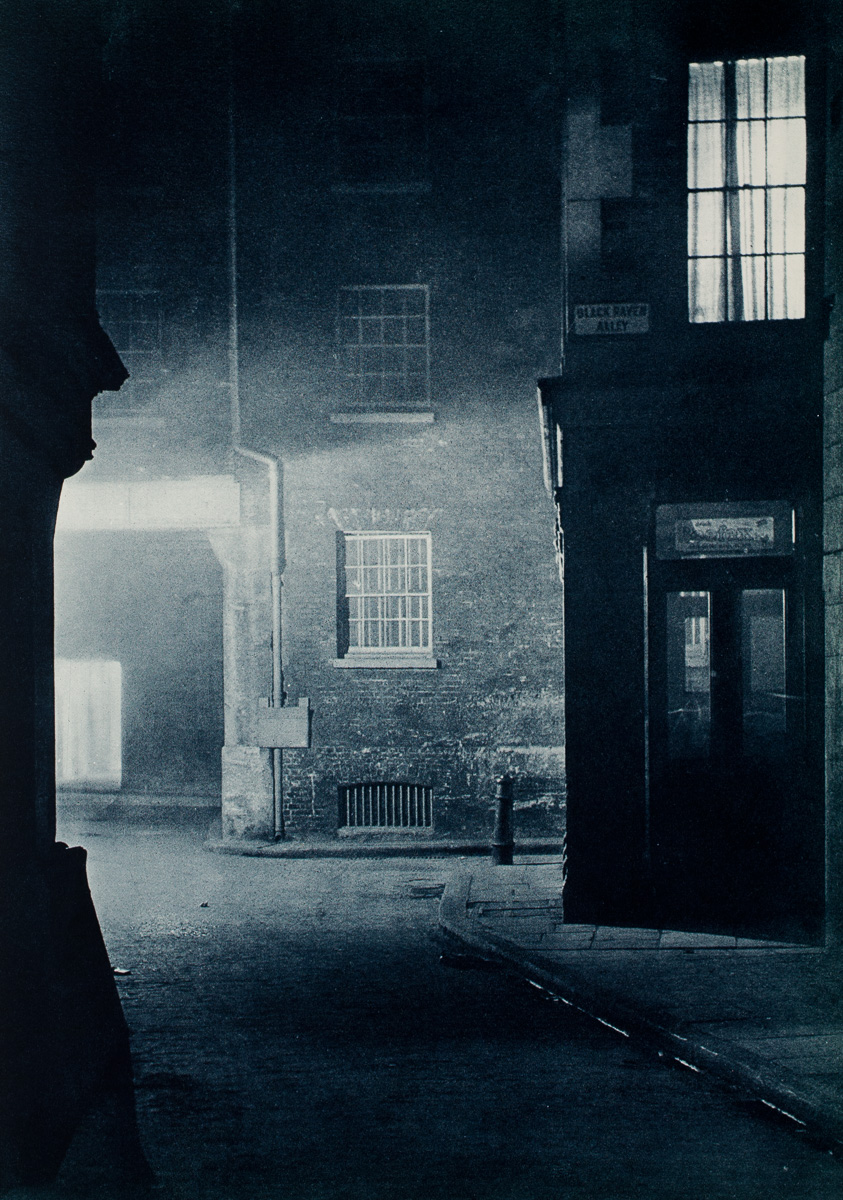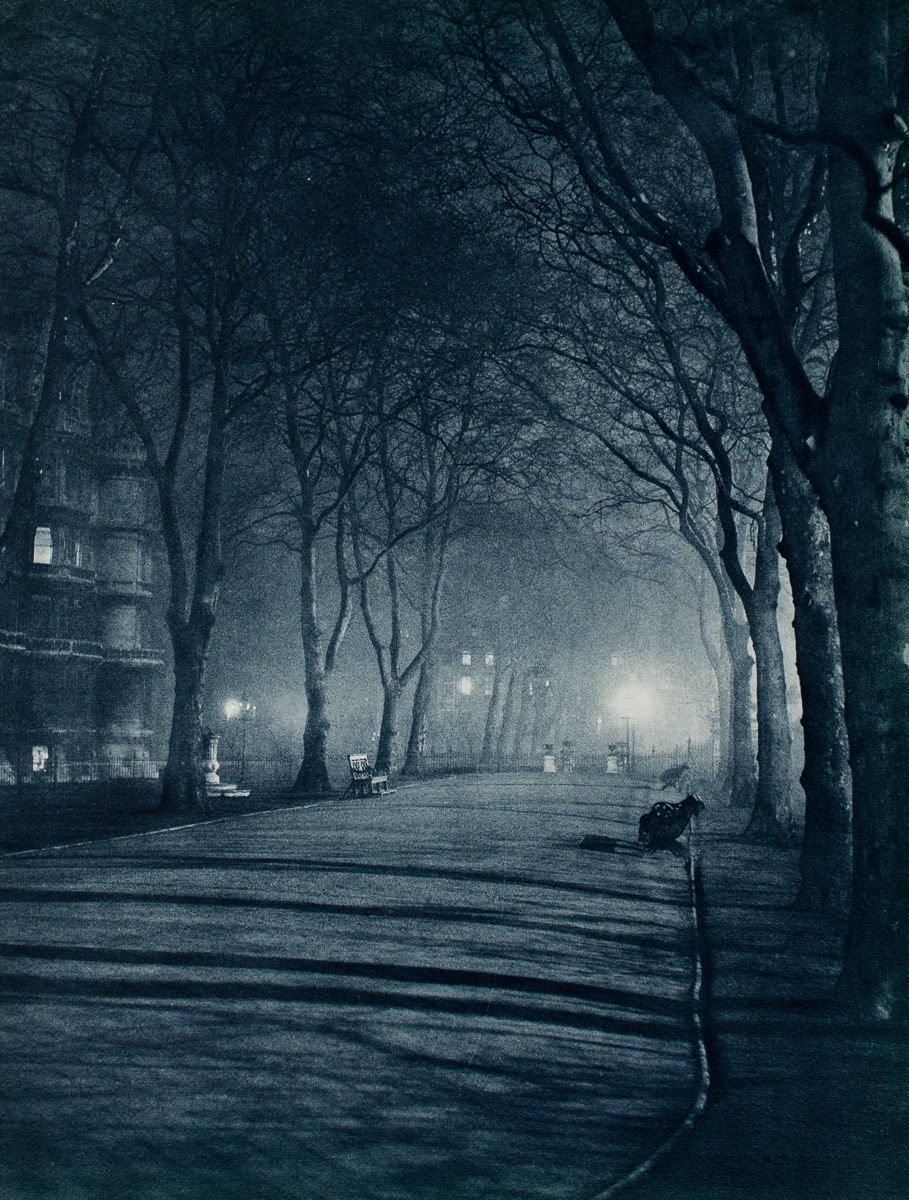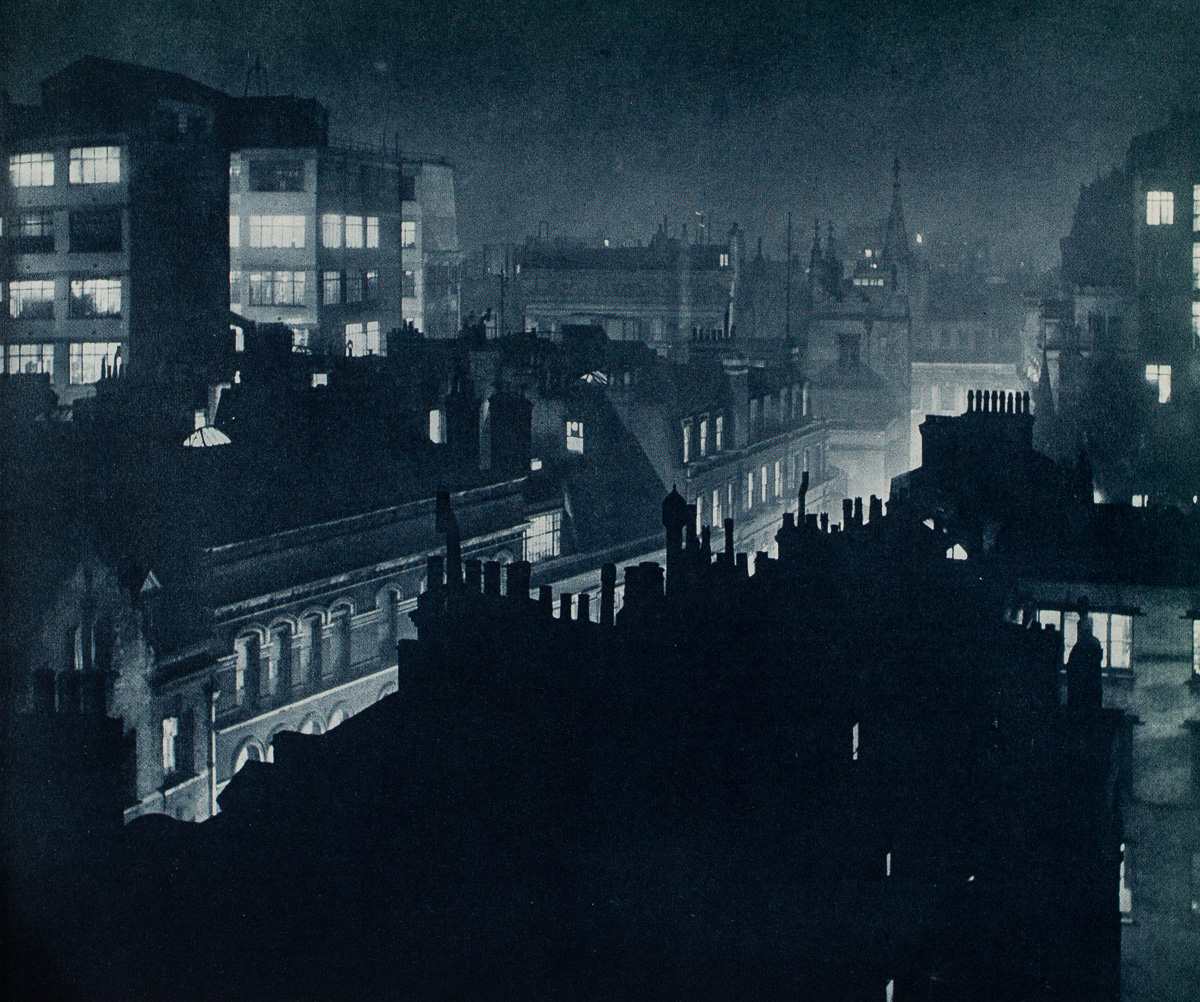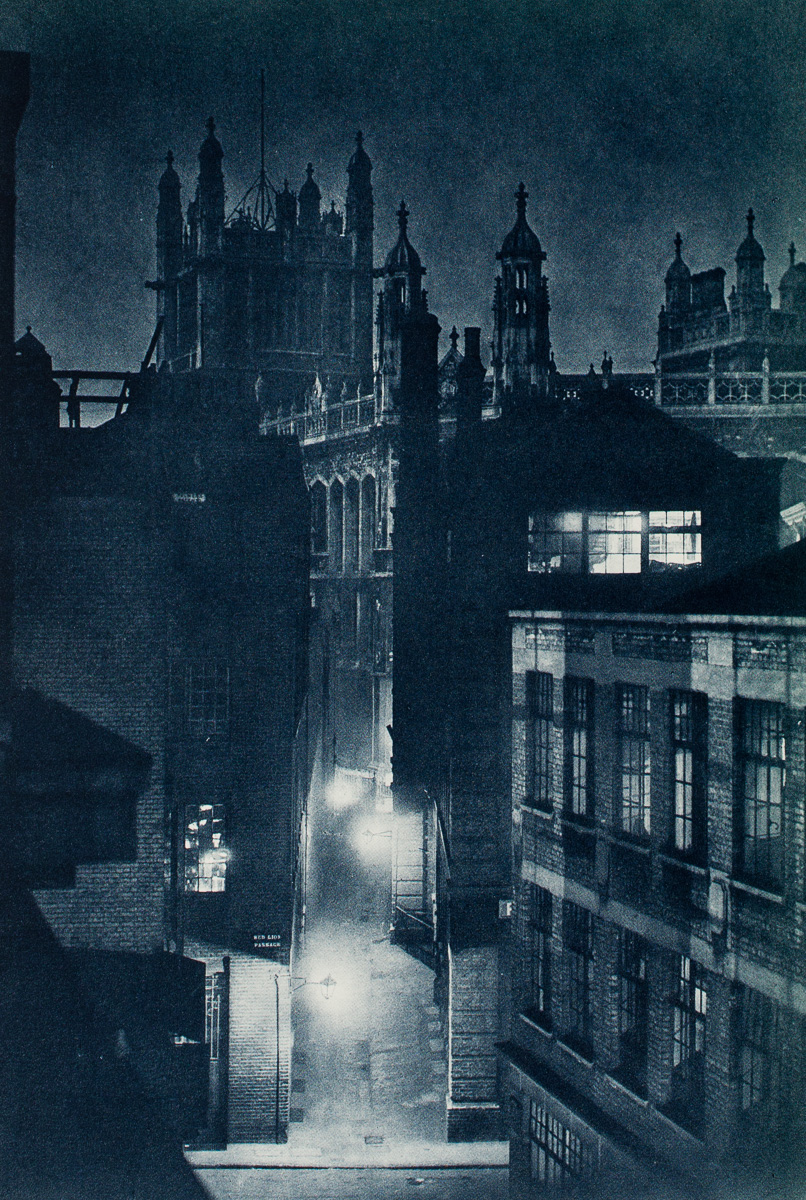It’s hard to believe we are only 60 percent through our first year of National Parks at Night workshops. We’ve experienced some dramatic weather and forest fires, as well as gorgeous landscapes and plenty of starry night skies.
Our first year’s itinerary is about to wrap up in a few weeks when we complete our simultaneous workshops in Arches and Death Valley national parks. As we nail down our final preparations for those, we’d like to share a brief rundown of how our first three workshop went. Below you’ll find a summary of our experiences in Acadia, Zion and Crater Lake.
We appreciate the first round of students who let us guide them to some pretty amazing locations as well as sharpen their night visions. And we look forward to working with you all again, along with new participants, on our 2017 workshops and beyond!
Acadia National Park
May 2-6, 2016,
by Chris Nicholson
I don’t remember the first time I ever saw Acadia’s coastline, but I’ll never forget watching our workshop students descend upon that rocky shore. For many of them, it was their first glimpse of the finest shores in not only the entire national park system, but in the entire United States. I could see in their eyes that maybe they needed a few minutes to enjoy the view before we jumped into scouting for our night photos.
Co-leading this workshop with me was Gabe Biderman. We all spent the first morning and afternoon in our meeting space at the local branch of Machias Savings Bank, which hosted us in their beautiful and spacious meeting room on the second floor all week. Being right in downtown Bar Harbor gave us easy access to coffee, supplies, and breakfast and lunch. (Blueberry pancakes at Jordan’s, anyone?!) We handed out some goodies, including gift flashlights from Coast, complimentary artisan coffee from our friends at Brooklyn-based Oslo Coffee Roasters, and some great gear that Nikon sent the students to try out, including D810’s, and fisheye, 14mm and 20mm lenses!
Clouds had been creeping in that first day, and they lingered for most of the workshop. In fact, four of the five nights were overcast. That kept us from seeing and shooting the stars most nights, but gave us opportunities for creative workarounds. We did a light-painting primer at Stanley Brook Bridge, one of the 17 unique stone bridges that serve as overpasses on Acadia’s 57-mile system of carriage roads. Everyone got some great photos, many participants helped with the light painting, and then we got the Pixel Stick and other toys out to create some interesting light patterns beneath the bridge.
On the second night we used the rain as an opportunity to do street photography in Bar Harbor, with the wet roads providing reflections for neon signs, fountains and boat houses. Subsequent night shoots found us atop Cadillac Mountain and at Eagle Lake, among other spots, and daytime jaunts brought us to Jordan Pond, Bass Harbor Head Lighthouse and the birch groves of Sieur de Monts. We also spent a couple of hours at the park Visitor Center, where we received a private screening of the fabulous informational film, which included stunning footage of Acadia scenery.
For the last day of the workshop, we headed out to Schoodic Point, first scouting locations, then sharing a dinner at the local pub in rural Birch Harbor, then photographing under the finally clear, pristine night skies of Acadia National Park. We had glorious views of the Milky Way as it moved through the southern heavens. We didn’t see a lot of stars that week, but the show at the end sure made up for it.
Zion National Park
May 23-27, 2016
by Tim Cooper
Zion was one of the first parks that I came to know intimately back in the early 1990s. I still remember my first visit like it was yesterday. Living in Montana I was accustomed to the mountainous topography of both Yellowstone and Glacier, but nothing in my experience prepared me for the sheer diversity and unique land forms of the Desert Southwest. When we were deciding which parks we should visit during our inaugural year, I leaped at the chance to return to Zion.
This of course was not the first time I had done night photography in Zion, but it was the first time I was able to fully focus an entire week on the venture. I was not only getting to revisit one of my favorite parks, but I was looking forward to working with my colleague Lance Keimig for the first time. It was going to be a great week!
And it was. The weather in May is typically very nice, but this week it was perfect. A welcome mix of clear skies, clouds and moonlight. Lance and I had planned out a variety of different locations matching the moonrise times with appropriate subject matter. Due to the sheer beauty of Zion under the moon, Lance and I were eager to balance the workshop with a nice mix of dark sky nights for star trails and moonlit landscapes to highlight Zion’s natural beauty. Starting the workshop just after the full moon provided just the right combination.
The first night we struck out to the Checkerboard Mesa area on the east side of the park. The group was in great spirits as we navigated the sandy hillside to get to our location. We had scouted a great spot that provided a view of the moonlit scene while our foreground remained in the shade of a nearby mountain. A perfect combination for light painting! Everyone came away with great imagery as they became accustomed to working in the dark and illuminating their subjects with flashlights.
Over the next several nights we continued to explore the areas in and around the park. Lone pine trees, petroglyphs, sandstone walls, canyons, ghost towns and desert flora all provided a wealth of subject matter. Moonlit sandstone, starry skies and streaking clouds supplied a variety of aesthetic conditions. Camaraderie, enthusiasm and a sense of adventure among the group was the icing on the cake.
For the participants, Lance and myself, Zion at night was a wonderful first NPAN adventure. I am now just counting the days until the next one!
Crater Lake National Park
August 4-6, 2016,
by Gabriel Biderman
On the day that Matt Hill and I were about to drive from Portland, Oregon, to Crater Lake, we received word that a fire—a big forest fire—had just started at the southwest rim of the park. We kept monitoring the situation and kept in constant communication with the rangers as well as the students. Things seemed to be somewhat under control, thanks to the quick action of the firefighters, but the possibility remained that a big wind could change it all very quickly.
When Matt and I arrived, the rim road leading to the south was closed and would remain so for the next week. But there was a bright side: The smoke from the fire was staying clear of the caldera and actually added a nice complementary warm light when shooting from the north. The weather was absolutely perfect for the workshop; we enjoyed warm 80-degree temperatures during the late-summer days. And the temperatures quickly dipped each evening to a sensor-cooling mid-40’s, with incredibly clear skies—every night!
Each day began with a hearty and late breakfast at the Diamond Lake Resort followed with lecture and image reviews. We made sure to visit and experience the park during the day, as well as the night. Scouting is such an essential part of night photography and is best done while the sun is up. So we spent a couple of afternoons leading the participants as we scouted the rim, filled the theater at the visitor center, and ran briefly from the twilight mosquitoes.
When we asked the students what they were looking forward to doing at the workshop, each replied, “Capture the Milky Way!” About 75 percent of the class had never even seen our galaxy in all its glory. We ecstatically checked that off our list half way through the first night.
Over the next three nights we explored the Crater Lake caldera to the fullest. We nailed focusing in the dark, star points, star trails, light painting, and capturing and processing night-sky panoramas. The Milky Way greeted us each evening and stood high with the galactic core gliding along the horizon.
It was a real joy to share this experience with everyone—I’ve never seen so many people so excited to be under the Milky Way as well as go home with a wonderful portfolio of images of Crater Lake at night.

